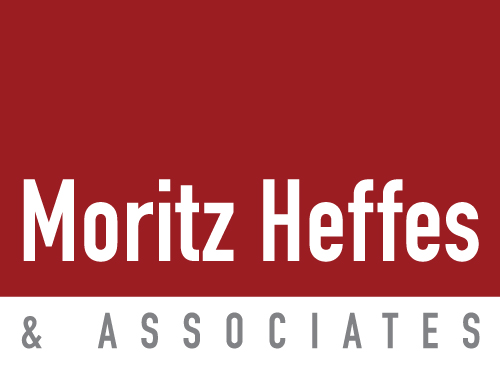Superannuation has long been considered an effective retirement strategy for many citizens. In fact, it has been such a staple of Australian retirement planning that the government has made it compulsory for many years. Employers currently contribute to superannuation funds for their employees as well as paying them wages or salaries. The idea is that these resources will provide meaningful retirement income for employees. However, recently proposed changes to superannuation legislation have reminded many people of just how intricate they can be. We’re going to provide you with some background information on different kinds of superannuation funds so that you can understand them better and make stronger financial decisions.
Choosing Superannuation Funds in Australia: A Guide
As an employee, you may be able to choose the kind of fund into which your employers pay your superannuation. To find out, contact your employer and ask, or check with the ATO. There are several different kinds of superannuation funds in Australia, and choosing the right type for your needs is essential. The main categories are as follows:
Industry Funds
Industry funds used to be specific to particular industries, but today anyone can join most of the larger ones. Industry funds are not-for-profit, which means they are run by unions or employee associations and put money back into the fund to benefit all members. People typically choose to invest in industry funds because they have low-to-medium costs, and tend to offer healthy returns. Not-for-profit funds provided returns averaging 6.7% between 2004 and 2013, while for-profit funds returned only 4.9%.
Retail Funds
Unlike industry funds, retail funds generate profits for the corporations that establish them. These organizations then pay their members by treating them as shareholders and providing them with regular dividends. Many people choose retail funds because anyone can join them and because they offer a vast range of potential investment options.
Self-Managed Superannuation Fund (SMSF)
Self-managed superannuation funds are sometimes called DIY supers, and they are managed by the members themselves. Up to four members can share a self-managed superannuation fund, and all of them must become trustees. The people who choose SMSF funds usually have extensive financial and legal knowledge. These funds have the potential to outperform others if you make sound investment choices, but you also bear full responsibility for any losses.
There are also specific public sector and corporate funds available, but most Australians who choose a super fund will have to decide from one of the options listed above. If you do not choose a super fund, your employer will most likely pay into a MySuper account. These default super accounts often come with low fees and simple features, so that you do not make unnecessary payments.
Consider the Following
When you are choosing a super fund, there are several factors you should weigh carefully. They are:
Fees: low fees mean you keep more of your money.
Investment Options: your fund should come with choices that suit your needs as an investor and come with appropriate risk levels.
Benefits: some funds may require your employer to pay more, or allow you to make additional contributions.
Performance: the fund you choose should have a history of providing healthy and stable returns.
Insurance: you’ll want comprehensive and affordable coverage options for your investments.
Other Services: some funds offer additional incentives. Check with them to see.
No matter what kind of fund interests you, one thing is clear: you should consult with experienced financial advisors before making any decisions about your retirement. Reach out to qualified accountants and find out everything you need to know to help you choose a super fund so that you can stay on track for a stable and comfortable retirement.


Recent Comments